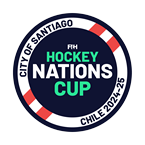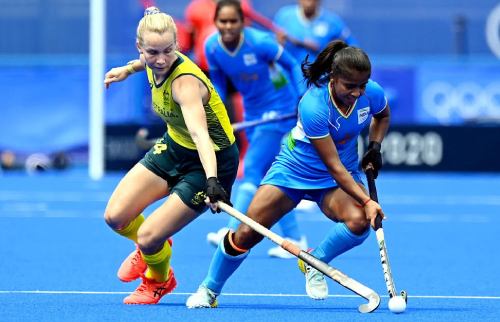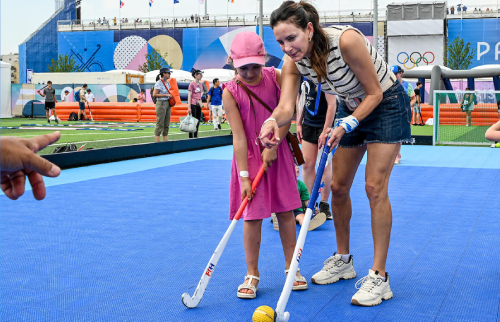
During the 2010 Youth Olympics in Singapore, Basketball decided that the format for their competition should be something exciting, tailored to youth and spectators. They chose a half-court, 3 on 3 format seen on courts and playgrounds around the world.
The IOC found this approach appealing for 2014 Youth Olympics and has suggested that other sports, including hockey, look at a format which will follow the same lines. This dovetails excellently with the FIH's long-standing desire to create a ÔÇ£complementary gameÔÇØ which will make hockey more affordable and accessible.
The proposal I would like to put forth is 8 on 8 hockey, which is outlined below.
RULES OF 8-ON-8 HOCKEY
Any circumstance not covered in the following regulations is decided by the official rules of the game.
1. Number of players/team:
8-on-8 Hockey is considered the ideal competition for players 12 and 13 years old. It forms a solid bridge toward the 11-a-side game. A team is formed by 10 players only. Eight are on the field. All 10 players have to take part in the competition.
2. Playing field:
8-on-8 Hockey is played on three quarters of a hockey field, between one end line and the furthest 22.90m-line, using the normal size goals. One of them is placed at the middle of the furthest 22.90m-line in front of a new painted shooting circle and the other remains on the original spot. The shooting circles are normal size.
3. Penalty corner:
During the penalty corner four defenders including the goalkeeper start from behind their end line. The other 3 defenders may take part in the penalty corner running from the center point of the field in the moment the ball is pushed out by the attacking side.
4. Duration of the game:
The competition lasts 2 halves of 35 minutes with 5 minutes rest.
WHY 8 ON 8 COULD BE A COMPLEMENTARYHOCKEY GAME
1. Each player touches the ball more often and is more involved. This enhances technical and tactical learning and allows the coach to collect precise information about player performance..
2. The 8 on 8 game assures better learning because there are only 16 players on the field. With fewer players and more space, the players feel more capable which results in more self-confidence.
3. Playing on a smaller size field allows any player to reach any other teammate with a pass. This aspect stimulates their visual perception skills.
4. 8 on 8 helps players to develop correct habits. There is no question that it's much easier to integrate a player successfully into the full game after he has been exposed for two years to simpler problems in the 8 on 8 game.
5. Goalkeepers prefer to play 8 on 8 hockey, because they have the opportunity to play the ball more often with fewer players and because the ball approaches goal more often.
6. With the ball more often close to the goal, all players gain more experience in the most decisive parts of the fieldÔÇöwhere any mistake or successful action can affect the result of the game. Players have more opportunity to learn to deal with stressful situations.
7. With only eight players on a team, the game has fewer interruptions with the ball in play more time.
8. Generally a team is formed with three attackers, three midfielders, one defender and a goalkeeper. Missing one line in midfield stimulates the frequent exchange between defenders and forwards who have less ground to cover to help in defense or to support the attack.
9. The coach learns under simpler conditions to analyze the players' performance and the team as a whole, as well as how to facilitate programming the contents for the next training sessions.
10. The level of umpiring will benefit as they are facing less difficult and complex problems as what happens in the full game.
11. Spectators really enjoy watching because there is less midfield-play, there are more goal opportunities and goals being scored for both teams.
12. The construction costs for an artificial turf will be 25% less and actual existing artificial fields would continue to be useful.
Note: This is an article initiated by Steve Jaspan and modified in its proposal of a complementary game by FIH Coach Horst Wein. The opinions expressed in this article do not reflect those of the FIH.






















